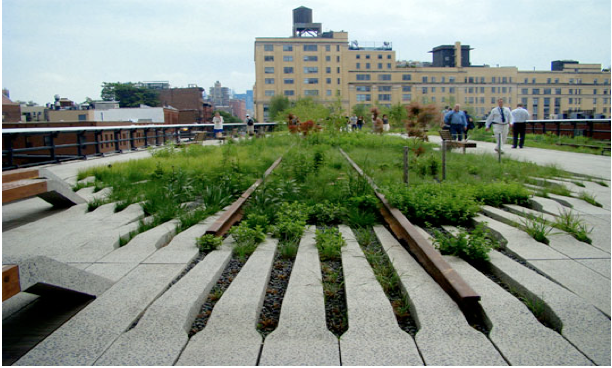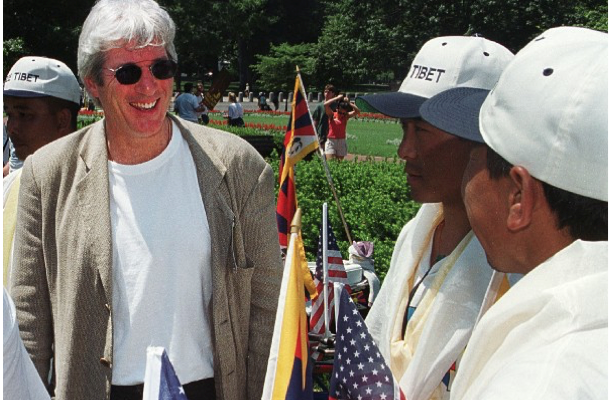The March for Science: What are We Marching Against?
GELFAND’S WORLD--There will be a March for Science on Saturday, April 22. What's it about? In my view, this event is meant to caution people that we should not get dragged into a modern day Dark Ages. The organizers are using different words, but that's the gist of it.
Bringing back a real version of Medieval Times does not imply that we will all go back to trudging behind a plow pulled by an ox. It does refer to the danger of becoming a culture in which leaders demand of us that we follow dogma rather t han think things through based on observed facts and logic. When the dogma is wrong in fact and theory and when it controls the actions of government agencies, we've got a problem.
If we are willing to be blunt, we can simply refer to the President's Cabinet. We've got global warming deniers, environmental protection enemies, and those who would deny a large fraction of the people the benefits of modern medicine. The president's proposed budget slashes funding for scientific research, even as the official agencies of the United States are being cautioned against telling the truth.
And that refusal by the new administration to admit to the truth, whether it be the facts of climate change or the size of the inaugural crowd, is a truly scary thing. The argument over the size of the inaugural crowd is merely a clue as to the personality of the chief executive, but the refusal to admit to global warming could potentially lead to catastrophe.
There are of course other catastrophes to consider. Some of them are less dire than the return of the glaciers, but slow death due to lung disease is a catastrophe at the personal level.
There is more than just global extinction and ill health to think about. When the government lies to us habitually, it has a mass-cultural effect. We're not talking about the petty sins of the ruling class -- the fund raising game and the pocketing of small bribes -- we're talking about a real life version of a George Orwell fiction. Being bombarded with big lies about serious issues has an effect on thinking patterns and on the psyche.
What we're talking about is an attempt to prevent this from happening.
 It's really an attempt on the part of alarmed people to preserve civilization. The organizers might have called it the March for Civilization and stated the case just as well, but the March for Science is catchy and will draw attention. Let's hope that this isn't confined to big cities on the coasts, and that small town sites of land grant colleges all over the country draw their own crowds.
It's really an attempt on the part of alarmed people to preserve civilization. The organizers might have called it the March for Civilization and stated the case just as well, but the March for Science is catchy and will draw attention. Let's hope that this isn't confined to big cities on the coasts, and that small town sites of land grant colleges all over the country draw their own crowds.
So join the concerned people of Los Angeles three weeks from now and make a statement that we need to respect the truth. You will be merging your voices with people at lots of gatherings all over the country.
The one here in Los Angeles begins at Pershing Square Saturday, April 22 at 9 am and goes on for the rest of the day.
Allison Schroeder, the screenwriter for Hidden Figures, will be one of the speakers along with scientists, business leaders, and at least one congressman. Under other circumstances this would look like a celebration of American accomplishment. But as you have already figured out, that's not what it's about.
(Bob Gelfand writes on science, culture, and politics for CityWatch. He can be reached at [email protected])
-cw



















 At a press conference on Tuesday, Beck (photo right) said there was a “
At a press conference on Tuesday, Beck (photo right) said there was a “


















